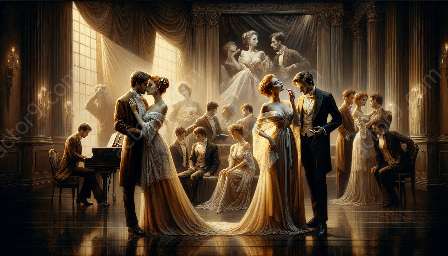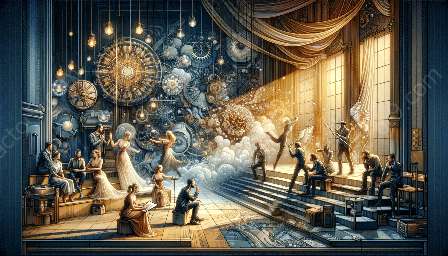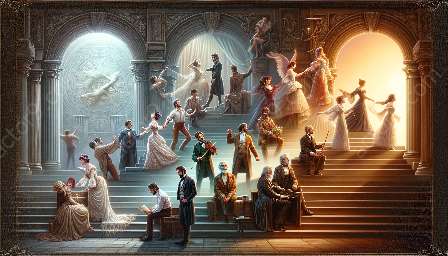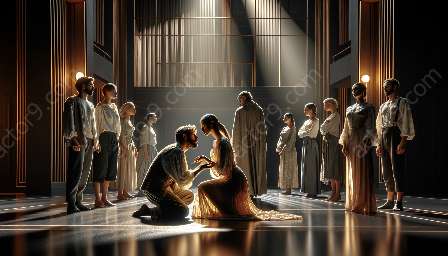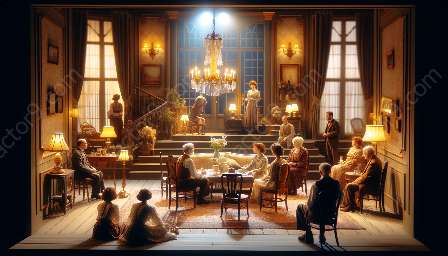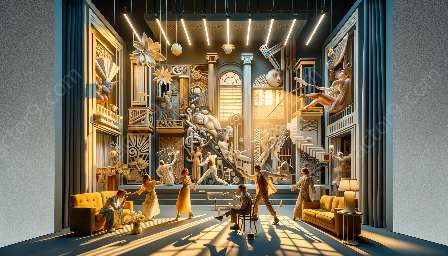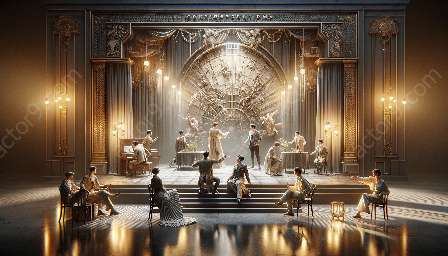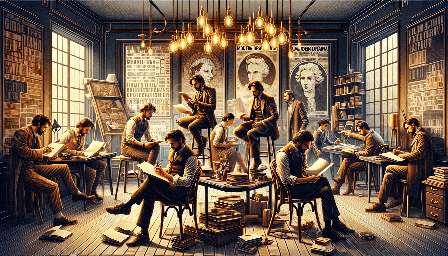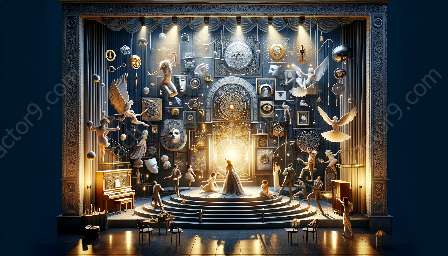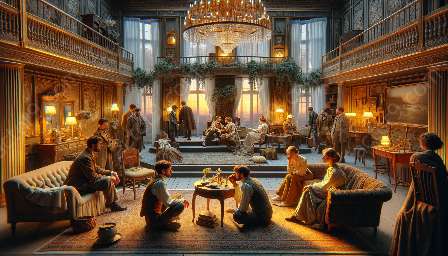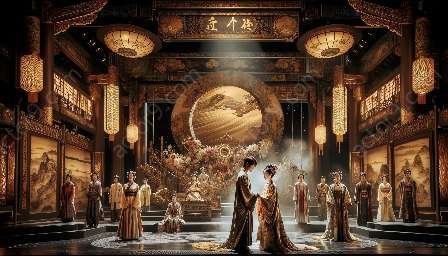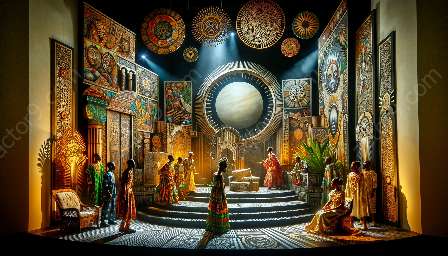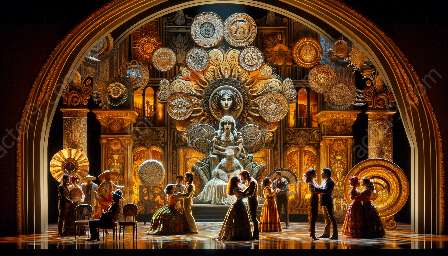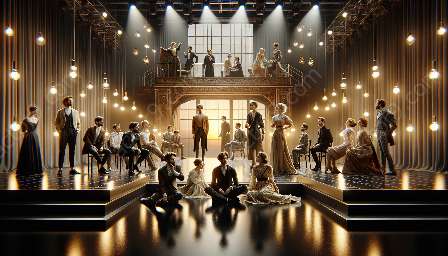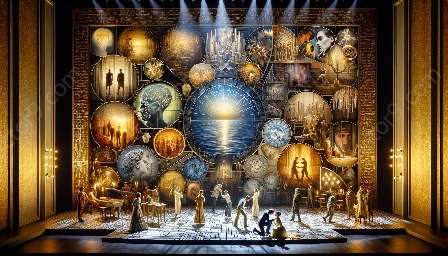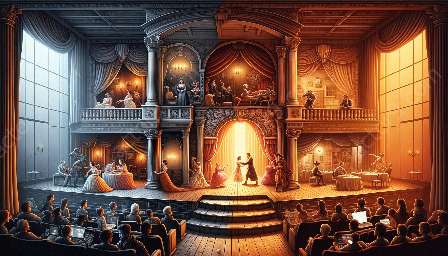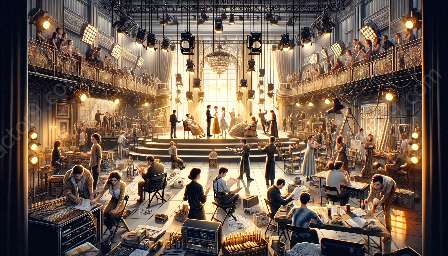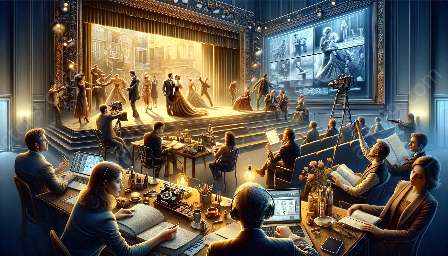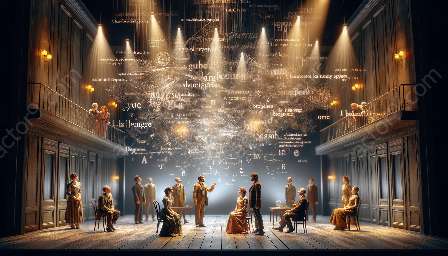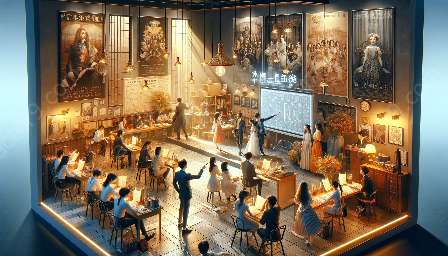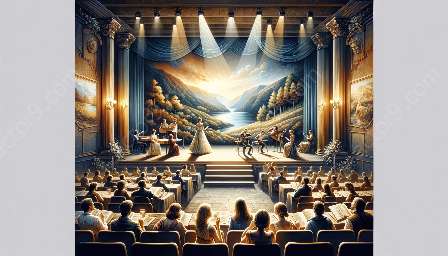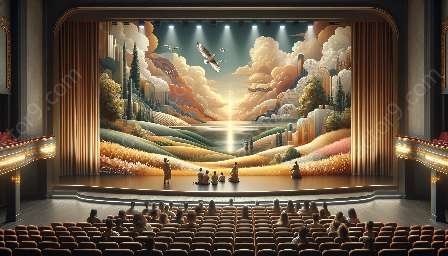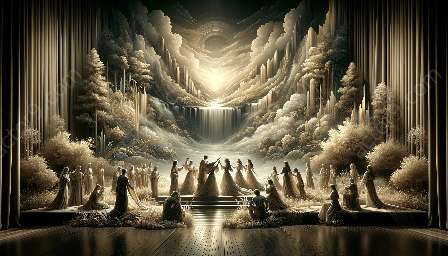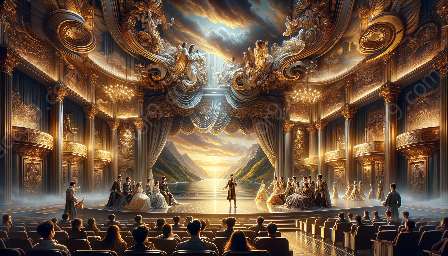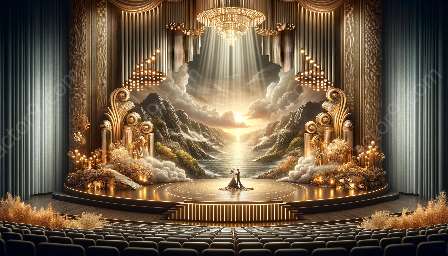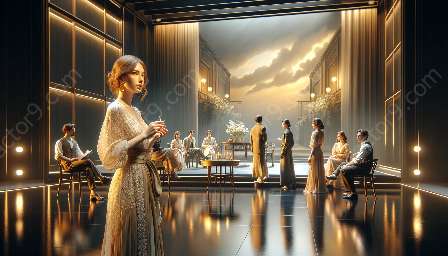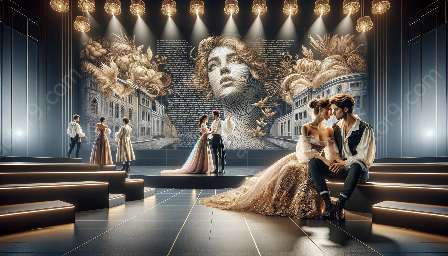Modern drama performances are a rich tapestry of language and physicality, where the spoken word collides with the physical actions of the actors to create compelling and thought-provoking scenes. The use of language in modern drama takes on a dynamic form, seamlessly intertwining with the physicality of the performers to convey emotion, tell stories, and engage audiences on a profound level.
The Role of Language in Modern Drama
Language in modern drama serves as a fundamental tool for communication, expression, and storytelling. Whether through dialogue, monologue, or soliloquy, the words spoken by the characters carry immense weight, conveying emotions, beliefs, and conflicts. Furthermore, modern drama often explores the nuances of language, incorporating elements such as dialects, accents, and non-verbal communication to add depth and complexity to the performance.
Exploring Physicality in Modern Drama
Physicality in modern drama encompasses the actors' movements, gestures, and interactions with the stage and each other. It serves as a potent means of expression, allowing performers to convey emotions and thoughts through body language, choreography, and spatial dynamics. The physicality of modern drama performances goes beyond mere actions; it is an embodiment of the characters' inner worlds, offering a deeper understanding of their experiences and motivations.
The Convergence of Language and Physicality
In modern drama, the convergence of language and physicality creates a captivating synergy that elevates the theatrical experience. Through the careful choreography of movements and the deliberate selection of words, modern drama performances can evoke profound emotional responses and captivate audiences in a visceral and intellectual manner. The seamless integration of language and physicality allows for the exploration of themes, relationships, and conflicts with heightened depth and authenticity.
Impact on Audience Engagement
The intersections of language and physicality in modern drama performances significantly impact audience engagement. By leveraging both elements, modern drama can create immersive and impactful experiences that resonate with spectators on a profound level. The dynamic interplay of language and physicality in modern drama serves to transport audiences into the fictional world, igniting their imagination and eliciting an emotional response that lingers long after the performance concludes.
Innovations in Modern Drama
As modern drama continues to evolve, the intersections of language and physicality are being reimagined in innovative ways. Contemporary playwrights, directors, and performers are pushing the boundaries of traditional theatrical conventions, experimenting with non-linear narratives, multi-sensory experiences, and immersive environments. These innovations further emphasize the symbiotic relationship between language and physicality, offering audiences unprecedented levels of engagement and interaction.
Conclusion
The intersections of language and physicality in modern drama performances represent a dynamic and multifaceted aspect of contemporary theater. By examining the use of language in modern drama and delving into the elements of modern drama, it becomes evident that the convergence of language and physicality is essential to the creation of compelling and resonant theatrical experiences. As modern drama continues to captivate audiences worldwide, the dynamic interplay between language and physicality remains a cornerstone of innovation and creativity in the realm of performing arts.

